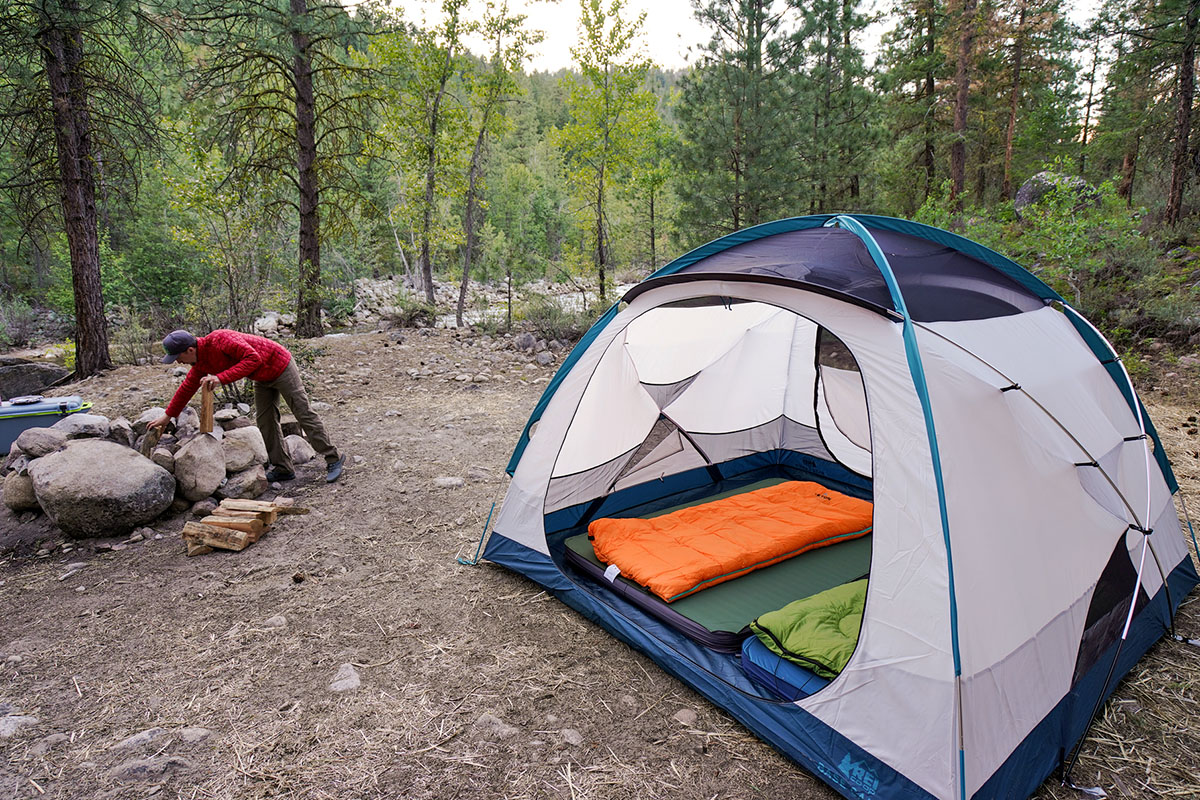Everest Base Camp Trek – A Trekkers Guide

Introduction: The Everest Base Camp Trek is an iconic expedition that attracts adventurers from all over the world. Located in the Himalayas, it offers breathtaking scenery and challenges that make it an unforgettable journey. In this guide, we explore the intricacies of the trek, including its difficulty, rewards, and the profound sense of accomplishment it bestows upon those who complete it.
Understanding the Everest Base Camp Trek: The Everest Base Camp Trek is a challenging expedition that spans approximately 130 kilometers round trip and takes around 12 days to complete. This allows trekkers to acclimatize to the high altitude gradually. The trek begins in Lukla, where trekkers are immediately greeted by the majestic grandeur of the Himalayas. While it can be strenuous due to the altitude reaching 5364m/17,600ft, with proper preparation and training, it is achievable even for those with no previous experience of trekking. However, to undertake this trek, one should be physically fit and able to walk 6-7 hours daily at an increasing altitude.
The Challenge of Altitude: One of the greatest obstacles of the Everest Base Camp Trek is the altitude. As trekkers ascend higher into the mountains, the air becomes thinner, making it difficult for the body to intake oxygen. Altitude sickness is a common concern among adventurers, with symptoms such as headache, nausea, and fatigue. Proper acclimatization and a gradual ascent are essential to mitigate the risk of altitude-related illnesses and ensure a safe and enjoyable trekking experience.

Physical Demands and Terrain: The Everest Base Camp Trek presents a diverse array of terrain, ranging from rocky paths to steep inclines and suspension bridges spanning chasms. The trek demands a reasonable level of physical fitness, requiring participants to navigate rugged terrain and endure long days of hiking. Trekkers should be prepared for uphill climbs, downhill descents, and unpredictable weather conditions that can range from scorching sun to biting cold and even snowfall at higher elevations.
Mental Resilience: While physical preparation is crucial, mental resilience is equally important for conquering the Everest Base Camp Trek. Enduring long hours of trekking, facing uncertain weather conditions, and pushing through moments of fatigue and discomfort require steadfast determination and unwavering resolve. Yet, it is precisely these challenges that foster personal growth and cultivate a profound sense of accomplishment and self-discovery.
The Rewards of the Journey: Despite the challenges and hardships, the Everest Base Camp Trek offers unparalleled rewards. The stunning views of snow-capped peaks, the serene beauty of remote Himalayan villages, and the camaraderie forged among fellow trekkers create memories that will last a lifetime. Standing at Everest Base Camp, beneath the towering summit of Mount Everest, is a moment of triumph and reflection, a testament to the indomitable spirit of human adventure.
Conclusion: The Everest Base Camp Trek is a legendary expedition, offering a transformative journey of self-discovery amidst some of the world’s most breathtaking landscapes. While it is undoubtedly demanding, it promises an adventure of a lifetime, leaving an indelible mark on the hearts and minds of all who undertake this extraordinary quest.
Additional Tips for Everest Base Camp Trek:
- Plan a well-paced itinerary with plenty of rest days, acclimatization days, and gradual altitude gain to help your body acclimatize.
- Walk at a steady pace, especially at higher altitudes, to avoid overexertion and altitude
- Drink plenty of water to prevent dehydration, especially in the dry mountain
- Pay attention to hygiene to avoid illnesses unrelated to Wash your hands regularly and be cautious about food and water sources along the trekking route.





